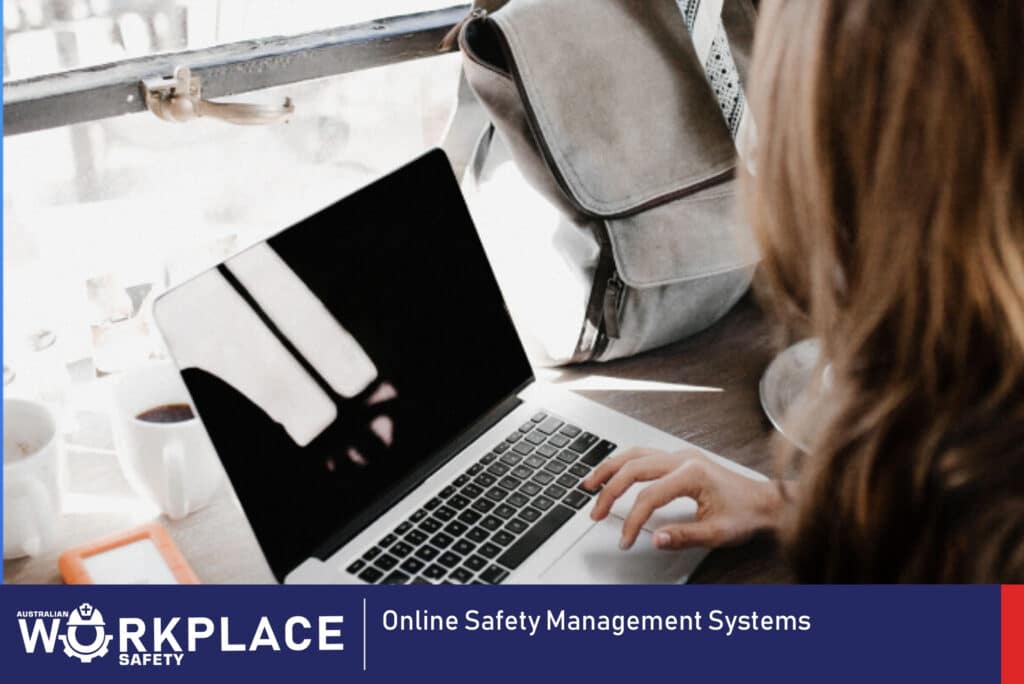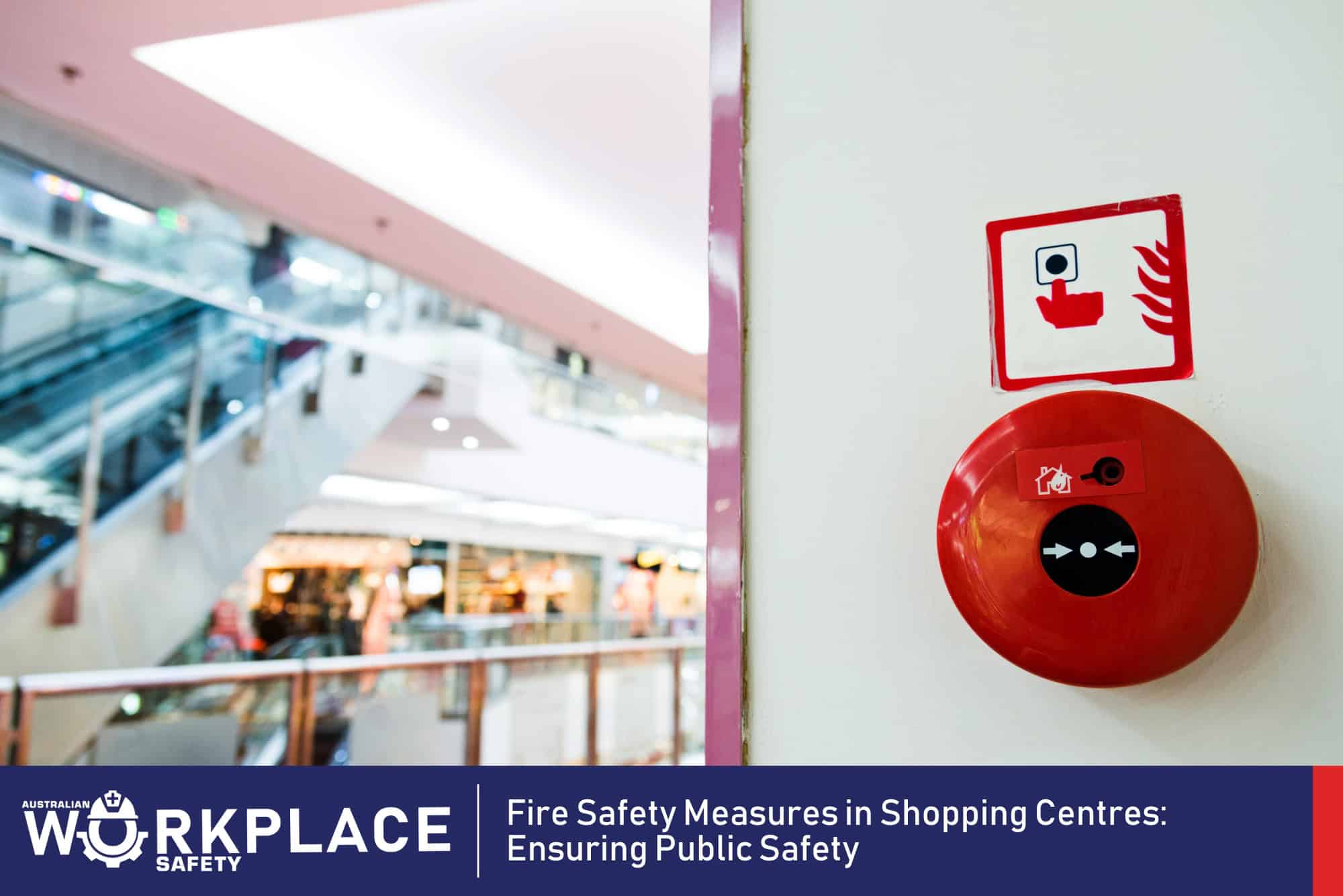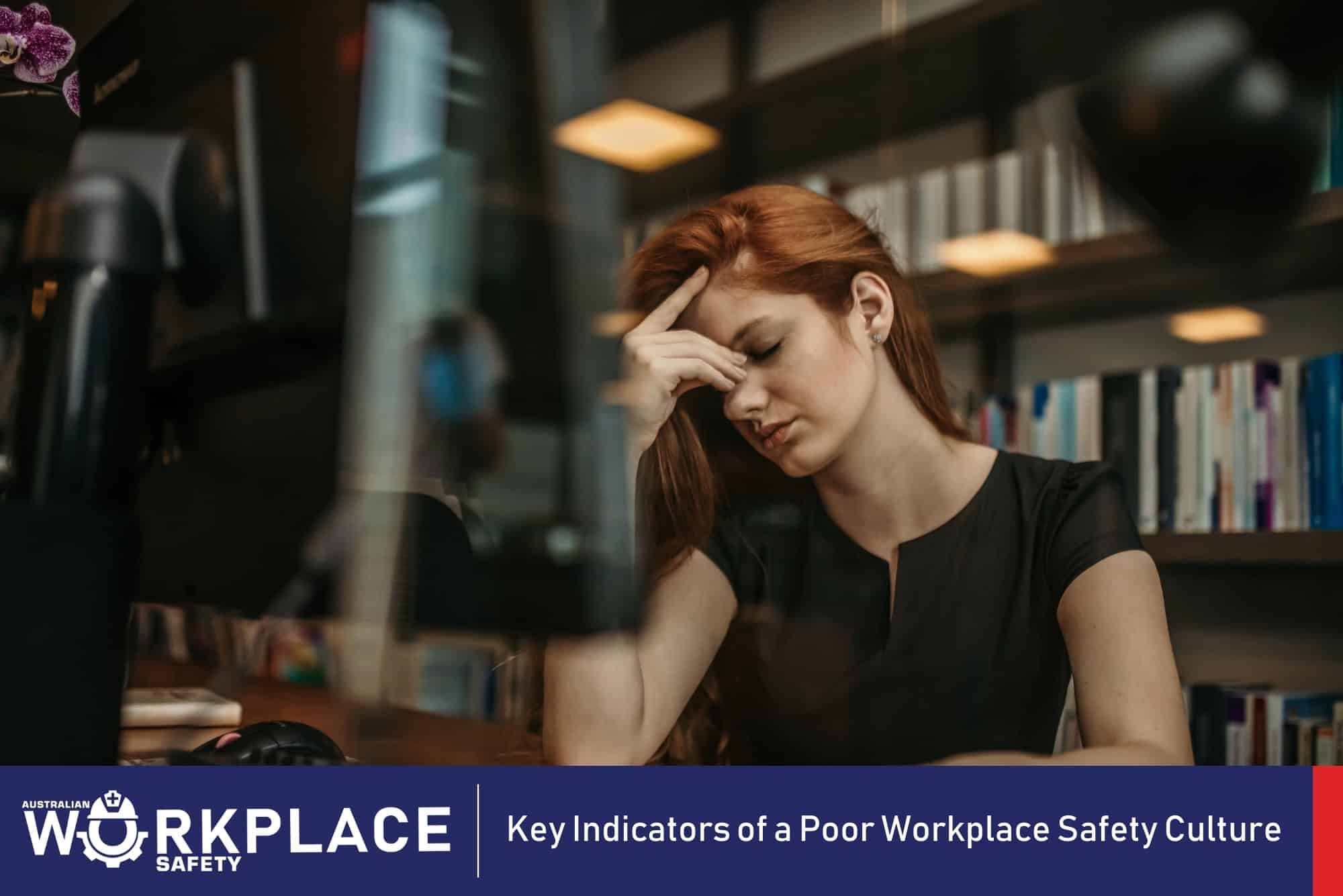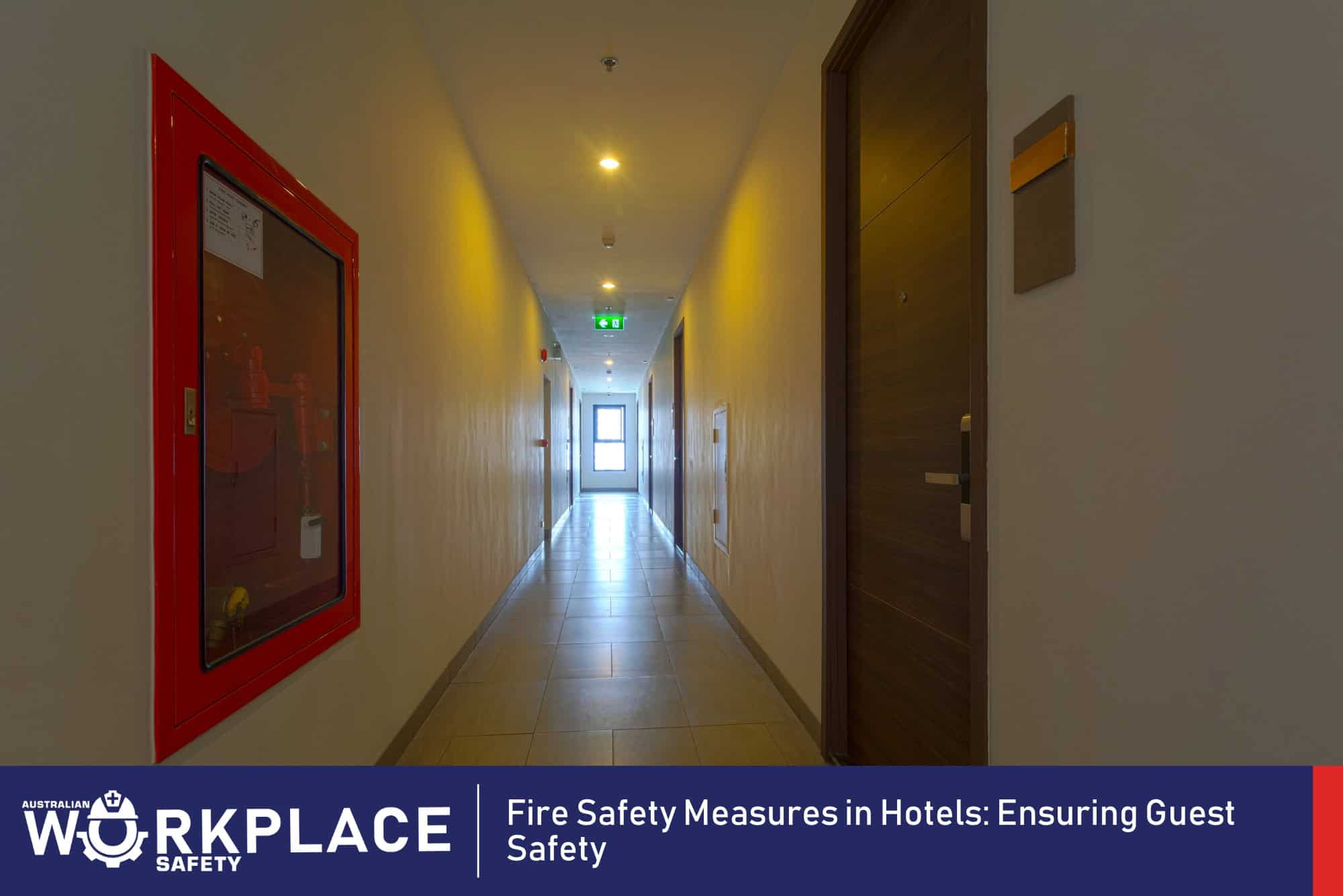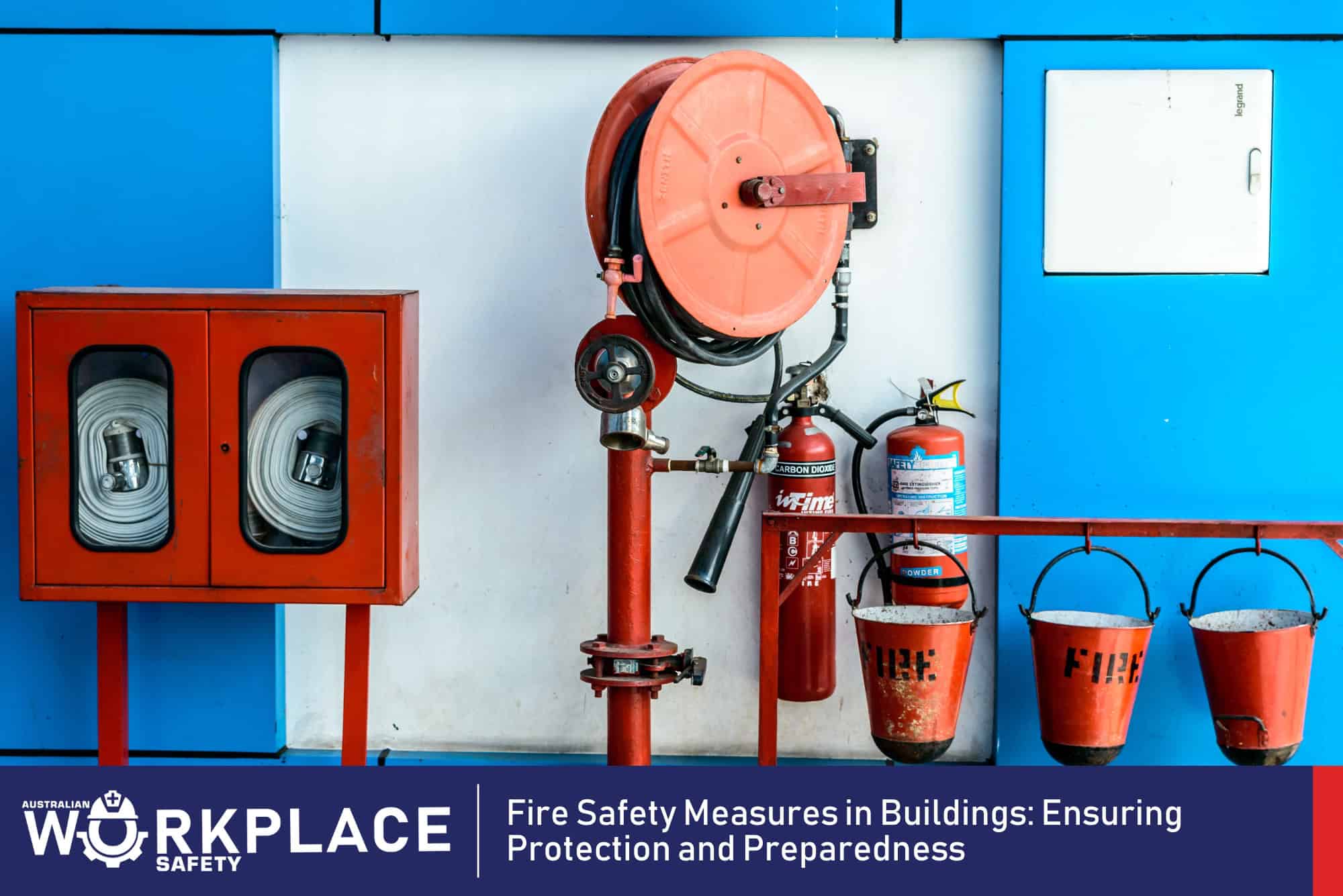It’s over 30 weeks since COVID #stayathome and there has been a welcomed announcement from Premier of NSW, Gladys Berejiklian and NSW Health on some changes to the COVID-19 restrictions on Monday morning. Yet another, a few days later by the NSW Health Minister announcing further easing of COVID-19 restrictions for religious services and gyms as from Friday 23 October:
Whilst the changes in the restrictions may not impact your workplace, the possibility of community integrations in public events and venues can be a source of contracting the virus for those attendees. The challenge to workplaces is how to manage and prevent the impact of COVID-19 outbreak in unforeseeable circumstances. For those with COVID-19 /pandemic response plans for their business or workplace the question is how effective are these plans.
I came across a blog post titled ”Deming Company was Ahead of COVID-19” regarding the Peaker Services and a Deming Institute Trustee. It described how this company was adapting to the new reality of how to keep an industry functioning and workers safe during a pandemic and this is what the author learnt.
With forward thinking Peaker Services had began the transformation to a Deming organisation over 30 years ago. Their understanding was Deming basis of thinking in terms of systems, and they constantly scan the horizon. Part of their strategy in their discussions is where they would be in the future and what it would look like.
The Peaker Services already had a Pandemic Preparedness Plan, that was developed in 2012. It was three years before Bill Gates suggested to look at pandemics. The plan was prompted as part of Peaker’s Quality program after a [Quality] inspection. When COVID hit they had been able to take care of workers, customers, vendors, and the public.
Working from home
Peaker Service was ahead of the curve; virtually the entire office was working from home, and they were already implementing safety measures that other companies scrambled to put into place, such as contact tracing and temperature scanning. Workers enter into the building through one door, where they get a temperature scan and fill out a little questionnaire which is used as a tracing mechanism. The buildings are quite large, so social distancing is easily achieved.” The Pandemic Preparedness Plan is continually updated in a plan-do-study-act cycle to make sure that the plan is effectively implemented.
Peaker hopes it’s making a difference by empowering their workers to look out for their own health and safety and the wellbeing of their families. In turn, they believe they are then better able to meet the needs of their customers.
The lack of continuity planning can result in a surge of failures as workplaces attempt to address challenges of COVID-19 with insufficient resources and workers who might not be adequately trained for jobs they may have to perform under pandemic conditions.
The Plan-Do-Check-Act cycle is a useful tool that can help teams solve problems much more efficiently. PDCA has some significant advantages: It stimulates continuous improvement of people and processes. It lets teams test possible solutions on a small scale and in a controlled environment.
“It would be better if everyone worked together as a system, with the aim for everybody to win.”
Dr. W. Edwards Deming

